More often than not, women are overshadowed in the art world. And while…

 Reading List: Modern Arab Art
Reading List: Modern Arab Art 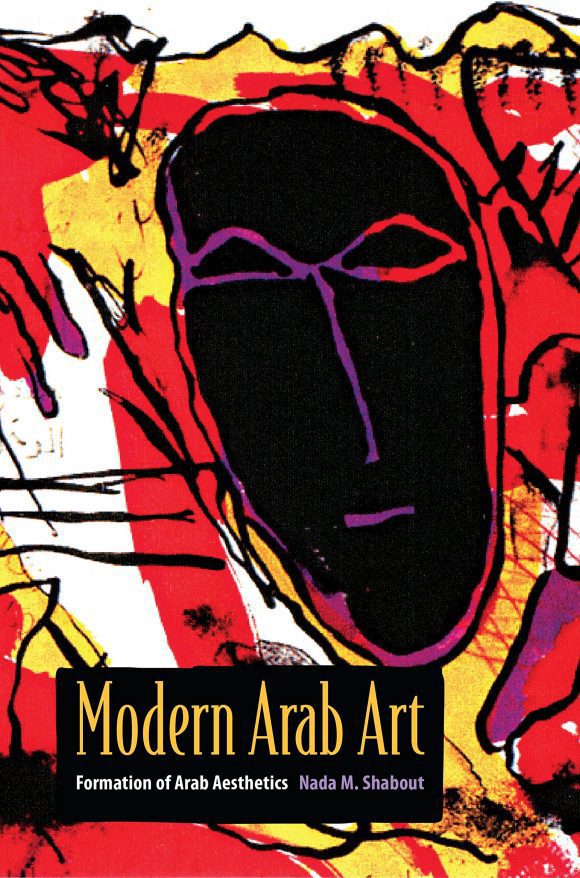

Are you interested in learning more about modern Arab art? Please take a look at our introductory Reading List for a closer study of modern Arab art. In this first part, we outline some of the most significant works dealing with the history of modern Arab art.


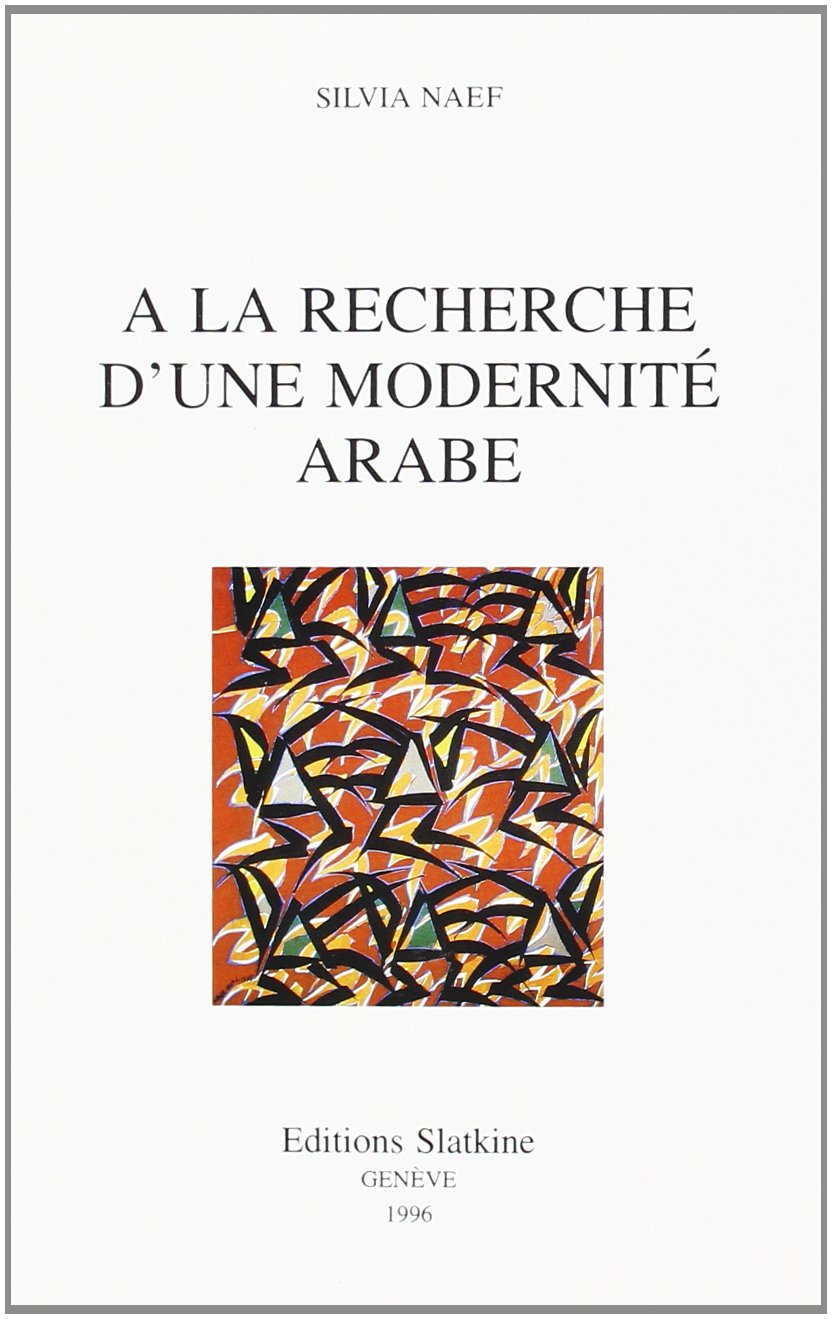

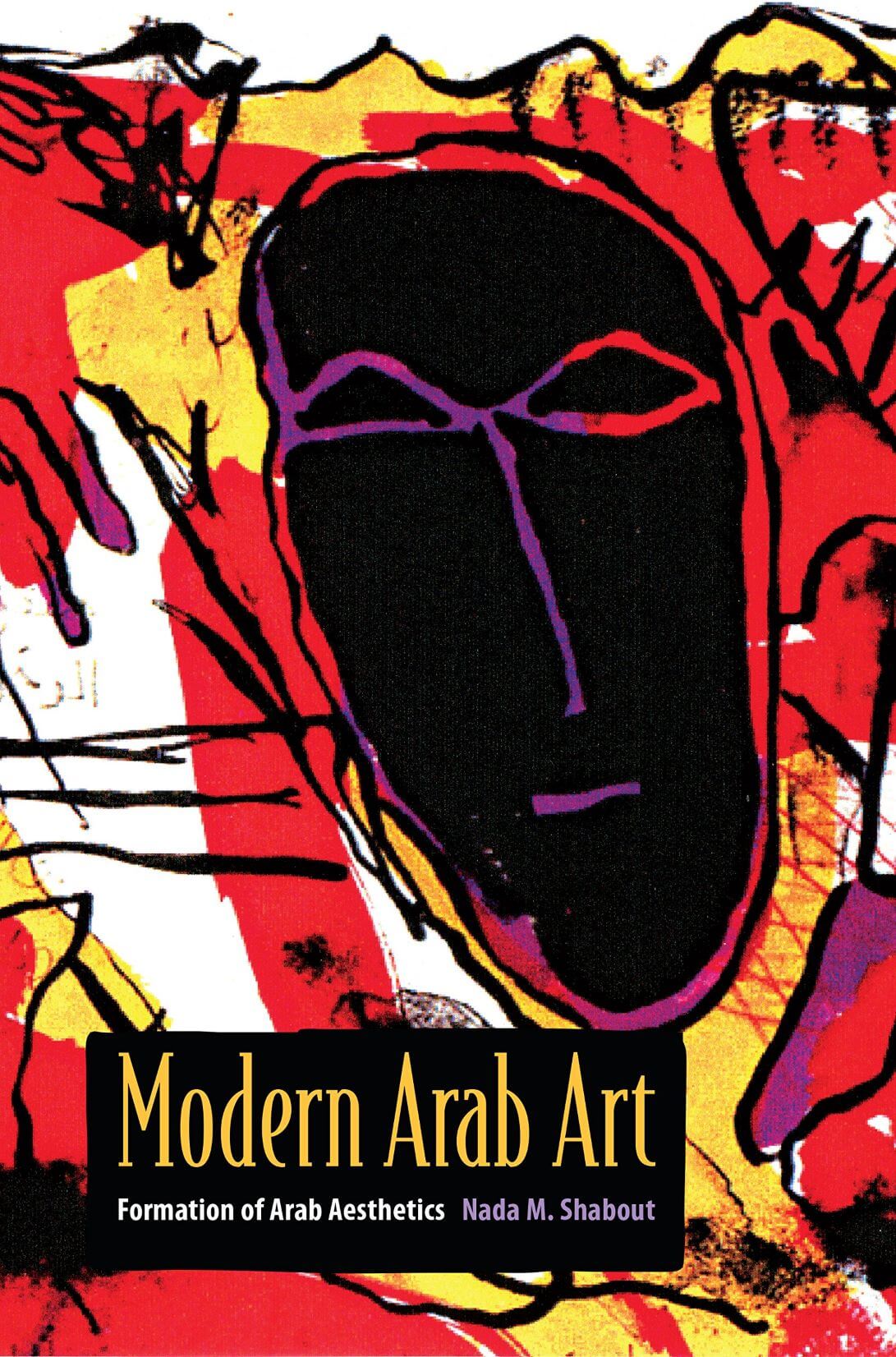

These three monographs from Wijdan Ali, Silvia Naef and Nada Shabout form the so-called ‘canon’ of the history of modern Arab art, although there exists earlier publications on regional art history in Arabic, too. These monographs from the 1980s, however, are relatively difficult to find. It was these three authors, who contributed significantly to the birth of the discipline through their work. Particularly Naef’s and Shabout’s contributions are rather academic and scholarly, but they are also suitable for ‘general’ readers and by no means restricted to the academics alone. Importantly, these three books introduce the larger debate in which the study of modern Arab art has developed: the heated discussion between ‘modern Arab’ and ‘modern Islamic’ art.
This publication offers an unprecedented resource for the study of (Arab) modernism: a compendium of critical art writings by twentieth-century Arab intellectuals and artists. The selection of texts – many of which appear for the first time in English – includes manifestos, essays, transcripts of roundtable discussions, diary entries and letters.
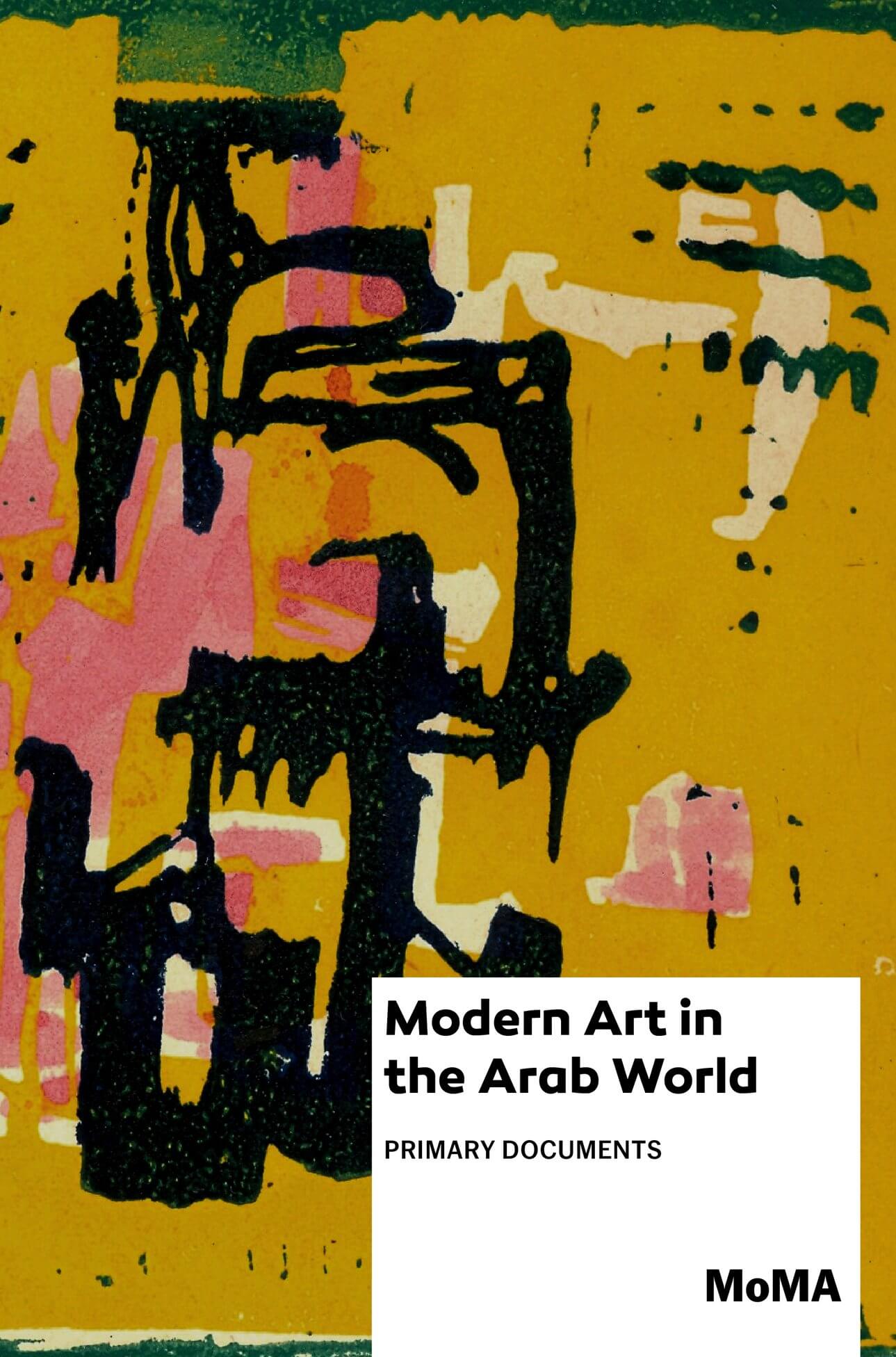

Eigner’s book provides an easy read to the history of modern and contemporary Arab art with numerous colour illustrations.


With contributions from Wijdan Ali, Nada Shabout and Luitgard Mols, Majida Mouasher, the owner of the 4 Walls Art Gallery in Amman from 2000 to 2006, introduces her art collection and provides a brief yet pleasurable introduction to modern Arab art focusing on the Levant. Although more resembling a catalogue than a scholarly contribution, the book introduces the artists in Mouasher’s collection and contextualises modern Arab art.
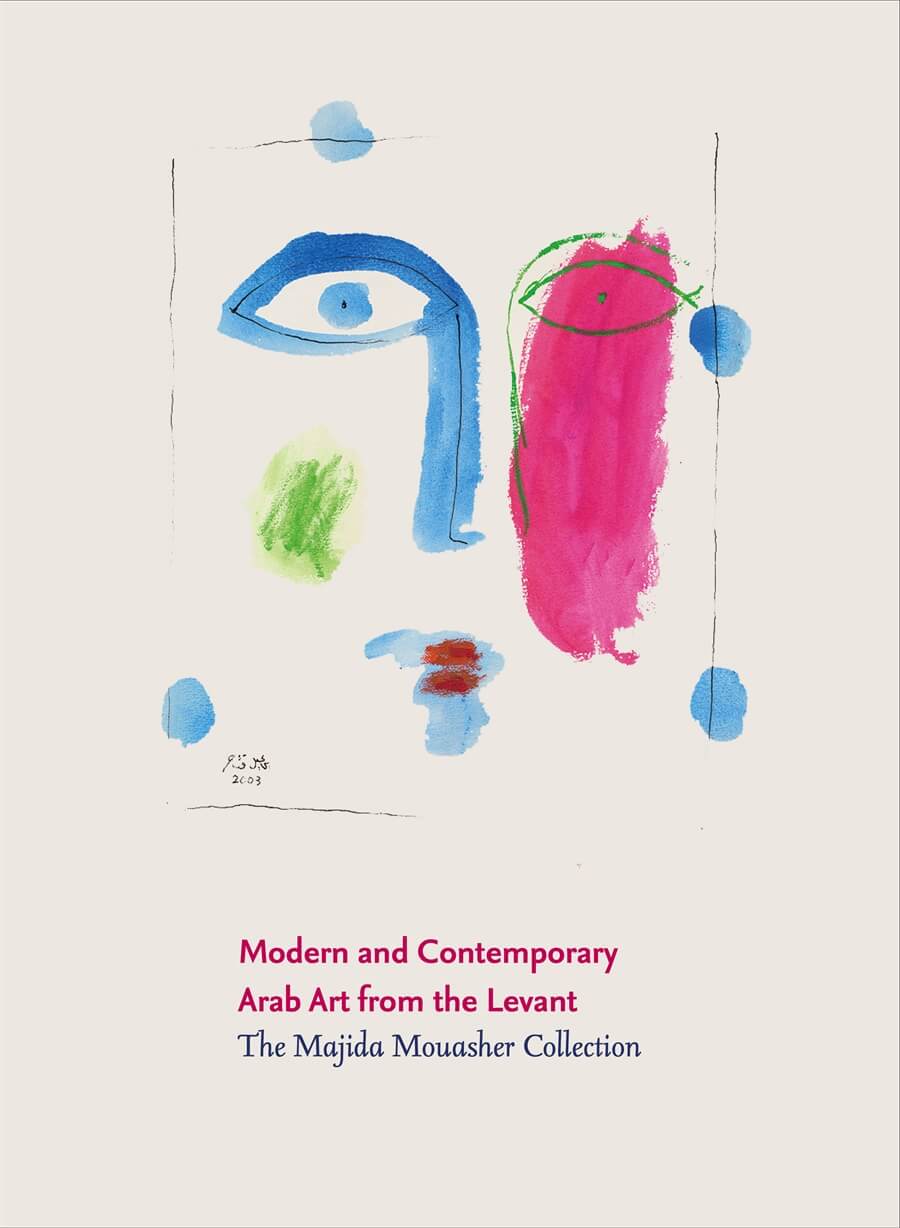

Celebrating the Khalid Shoman Collection and Darat Al Funun, this book provides inspiration for everyone interested in modern Arab art. Through a melange of essays and reflections, Rogers and van der Vlist invite readers to the fascinating and beautiful world of the Khalid Shoman Collection, but also offer insights to the histories of modern Arab art.
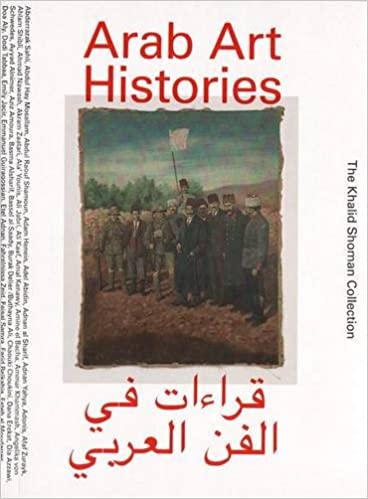

Wijdan Ali’s book discusses the development of modern art in Jordan and presents a number of biographies on the pioneering Jordanian artists. An essential reading for anyone interested in modern art in the Jordanian context.
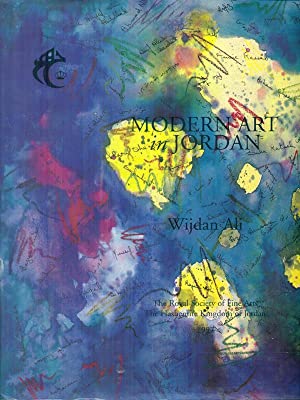

Boullata offers a scholarly analysis on the study of Palestinian art before and after the
cataclysmic events of 1948 during which Palestinian society was uprooted and dispersed. The book includes the pioneering work of those who ventured into easel painting before 1948, of refugees who made their debut in the Arab world and whose art left its deep imprint on the development of modern Arab art, and more recent work by artists making inroads into the international art scene. Boullata also discusses the work of artists who continued to live in their homeland. Representations of home and exile, the ongoing struggle between innovation and tradition, the relationship between verbal and visual expression and the role of women artists in Palestinian modernism are key areas of focus in this work.
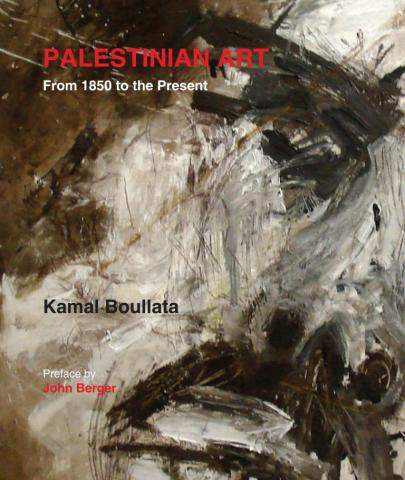

Faraj’s edited volume offers an introduction to modern and contemporary Iraqi art. With contributions from scholars such as Wijdan Ali and Ulrike al-Khamis and numerous colour and black and white illustrations, Faraj’s book contextualises the trajectory of modern art in Iraq, presents an extensive list of artist biographies and manages to discuss particular artworks too – although the approach is not particularly extensive, but neither it could be considering the encyclopaedic approach of the volume.


Examining the work of over 70 artists from 1910 until the present day, Liliane Karnouk traces the parallel steps of modern Egyptian art and the social and political environment in which that art was and continues to be created.


Sijelmassi’s book on modern and contemporary art in Morocco traces the history of art in the country from prehistory to the eve of contemporary. Of particular interest are the brief monographies of numerous Moroccan artists accompanied by colour illustrations.
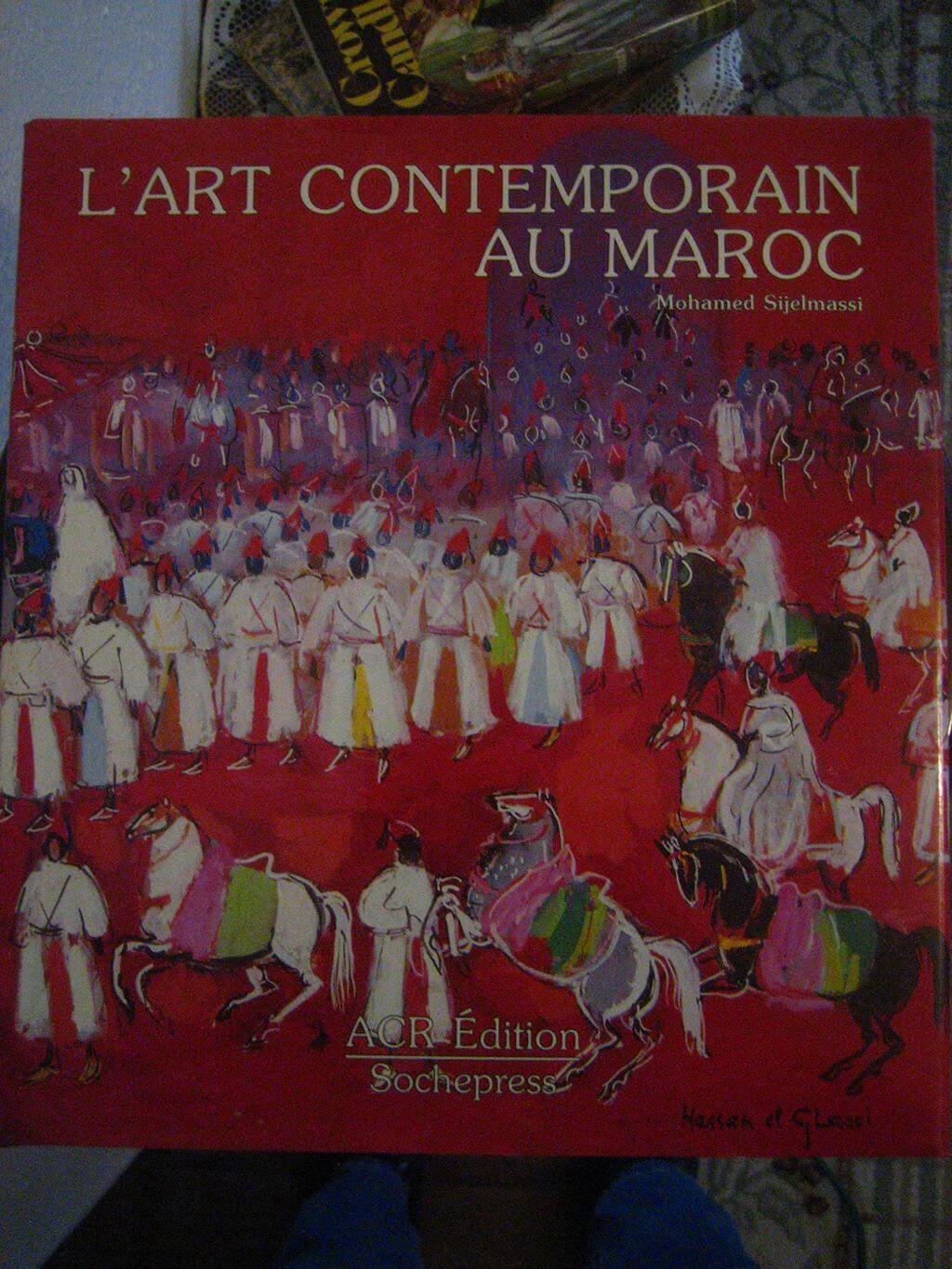

You might also like:





